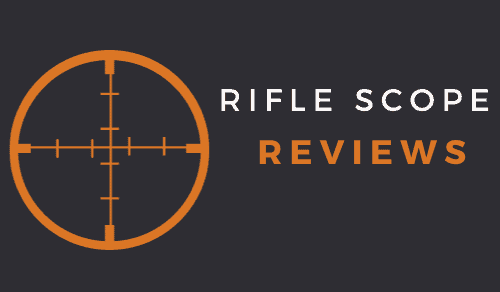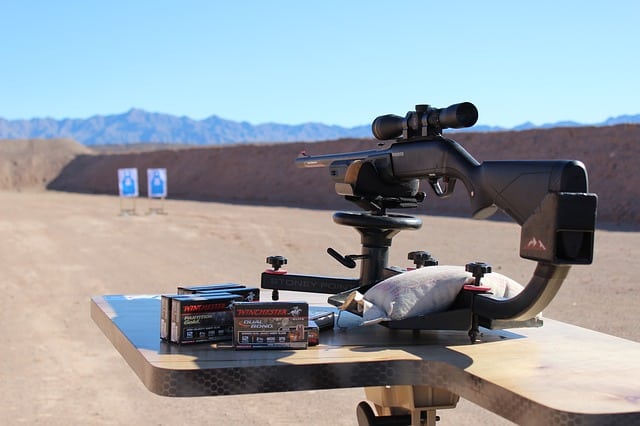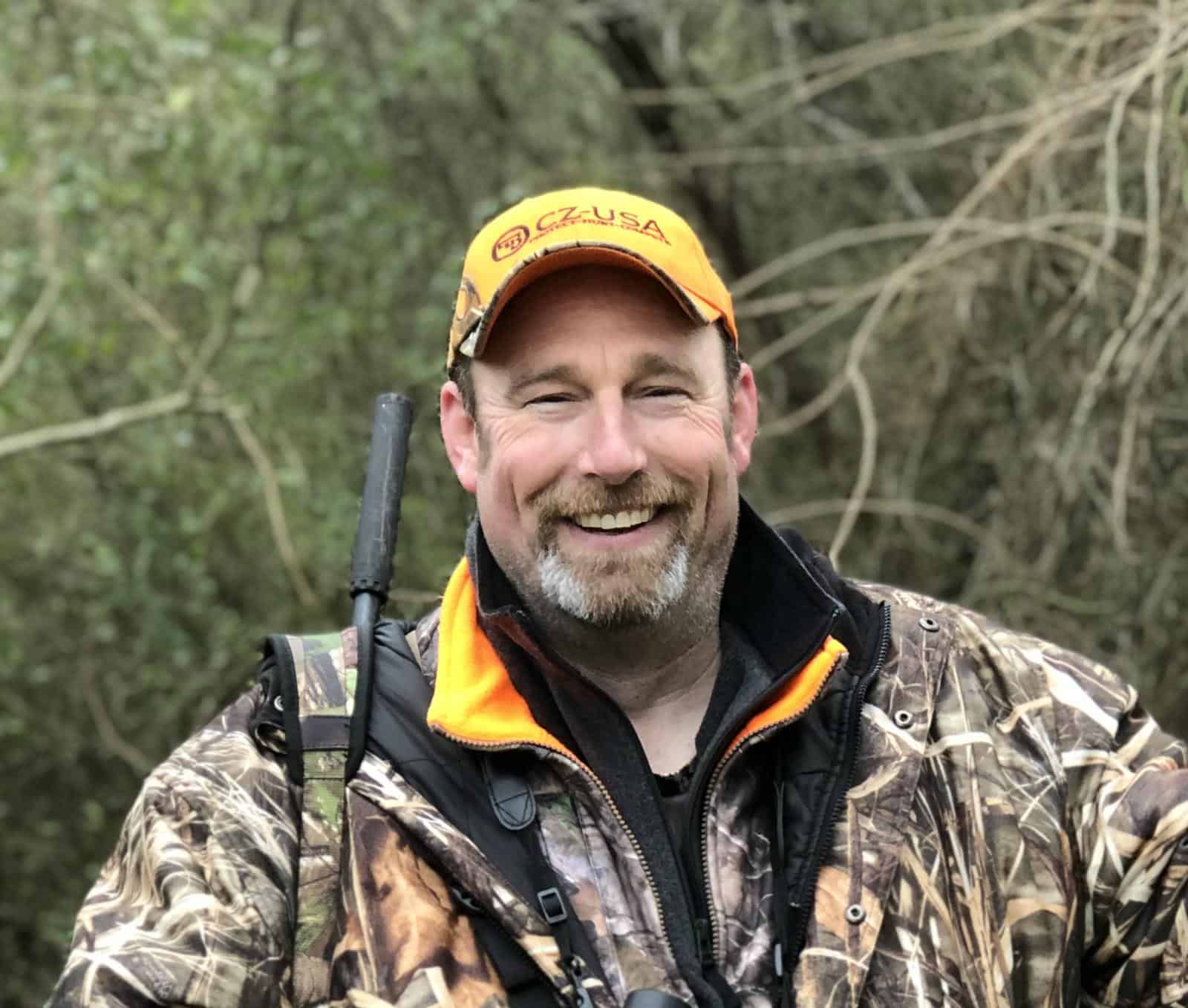As an Amazon Associate I earn from qualifying purchases. Amazon and the Amazon logo are trademarks of Amazon.com, Inc, or its affiliates.
For new or first-time rifle shooters, sighting in a rifle scope can be one of the frustrating parts of the shooting or hunting experience. There are devices, called boresighters, that can help speed up the sight in process, but what or how do you do the sight-in process if you don’t have a boresighter handy or don’t want to invest the money on one?
Keep in mind there are plenty of ways to do a task different, but still be successful. With that being said, here’s how to sight in a rifle scope without a boresighter:
#1 – Make sure the rifle scope is properly mounted to the rifle, with the eye relief properly set, and reticle focus is set.
#2 – Make sure you have a solid rest to shoot from during the sight-in process. If you don’t have a solid rest, then the sight in process is going to be an exercise in frustration. Now the rest doesn’t have to be a commercial rest or anything fancy. I’ve sighted in plenty of rifles over the hood of a vehicle using a shooting bag or rolled up shirt.
#3 – Make sure you have a safe location shoot with a safe backstop to catch the rounds. The backstop serves two purposes:
- Stop the fired rounds in a safe manner
- Serve a visual point of reference to determine where your rounds are hitting in relation to the target in the event your first shot is not on paper.
#4 – Determine the range that you want to use for sighting in. If this is the first time that you are putting the rifle or shotgun on paper, then I suggest starting the sigh-in process at a closer range as opposed to farther out.
If you are planning on shooting at 100 yards when the rifle is on, then I’d start the sight-in process with the target at a distance of 30 to 50 yards first. Once you get on paper, then you can move the distance out.
#5 – Do a manual boresight if possible. A manual boresight really on works on bolt guns, so it’s not applicable for semi-auto, or pump models.
If you have a bolt gun, here’s the easiest way to do a manual boresight:
Remove the bolt from the rifle so you can see down the barrel. Position the unloaded rifle (and mounted scope) towards the target. Position your head to you can see down the barrel and through the scope at the same time (I try to use my right eye for the barrel and my left eye through the scope).
Believe it or not, you can get a really good feel for where the scope is pointing in relation to the target this way, and can go ahead and make adjustments to at least get the scope on paper. Using this method, I very rarely am not able to at least get the first shot on paper. This technique will save you some ammo and time.
#6 – Aim at the center X (or whatever the smallest part of the target is) and fire the first shot (with appropriate eyes and ears in place). I usually place the crosshairs in exactly the same place and fire two more shots, so I have a 3 round group as I find 3 shots easier to see compared to one shot.
#7 – Evaluate where the first 3 impacts are on the target, and then start making adjustments for windage and elevation.
I normally shoot a single shot, and then make changes. As not to confuse myself in the process, I usually only make one series of adjustments at a time. By that, I mean that I usually only adjust the elevation first until I get it on target, then I start making adjustments to the windage.
Then I repeat the process. One shot, then changes until I get the elevation on target. Then I repeat the process for the windage.
#8 – Once I’m relatively “on target”, I move the target back to my preferred distance (100 yards or whatever I’m planning on shooting)
#9 – Fire a 3 shot group to see where I am at the new distance, and then make adjustments accordingly.
I typically fine tune the sight-in process by shooting a 10-shot group and then making adjustments based on those groups. Some shooters prefer to conserve ammo by shooting smaller 3 shot or 5 shot groups, but, I personally, find that a 10-shot group gives a better reading of shot placement on a target for adjustment purposes.
That being said, if you’re sighting in a heavy caliber with not so pleasant recoil, feel free to reduce the group shots down to a lower number or get your hands on a Lead Sled.
Following this process, I can usually get a scope dialed-in pretty quick and with a minimal number of shots.
I’ve been working in the firearms and sporting optics industry for over 20 years, with a personal and professional interest in all things related to rifle scopes, Through a combination of work experience, formal training, and personal experiences, I have extensive experience mounting, testing, and evaluating different rifle scope models across most major optical brands.




